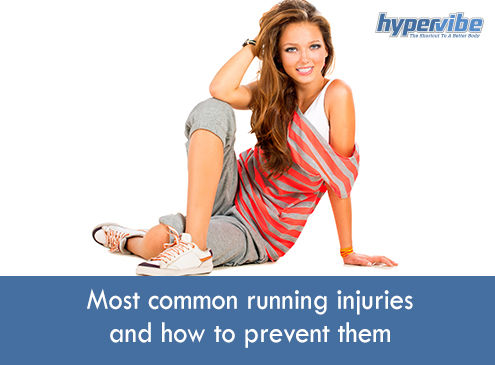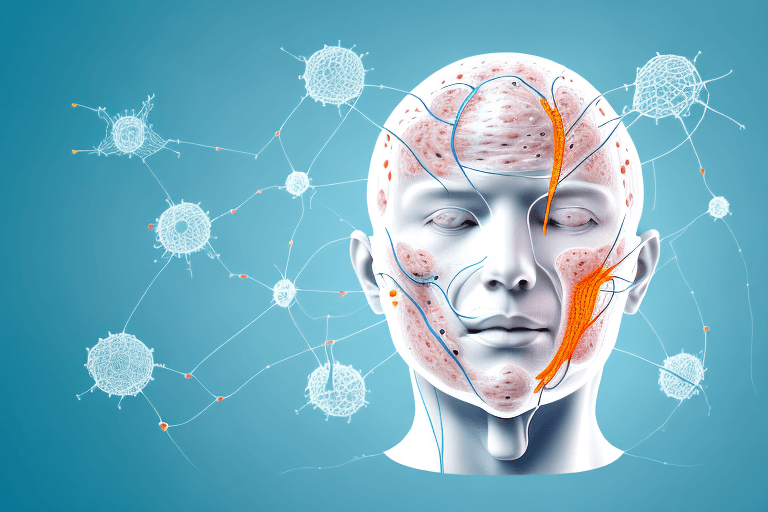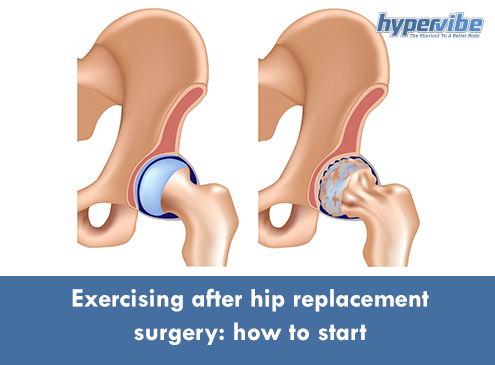Most common running injuries and how to prevent them
Running injuries don’t affect only beginners. Even the best trained athletes can experience shin splints, Achilles tendinitis or the so-called runner’s knee, the most common injury affecting runners.
These injuries occur, in most cases, when you push yourself too hard, but also when you start running with no previous preparation. A few minutes of light jogging before a running session can do wonders as it prepares your muscles and joints for the effort, warms them up and activates the circulatory system. The warm-up encourages the lubrication of joints, and allows you to coordinate your movements, reducing the risk of falls.
Given below is a list of the most common running injuries seen in recreational and professional runners. Also, we’ve included some recommendations for avoiding these injuries.
1. Achilles tendinitis
“Itis” added at the end of a word means inflammation, so this condition refers to the inflammation of the Achilles tendon, located in your lower leg. The blood flow in this region of your body is lower than in your upper body, because it’s farther from the heart, so the recovery from this injury is rather slow.
Achilles tendinitis manifests through the swelling of the tendon, which is a band of tissue connecting your heel to the lower-leg muscles. Pain close to the heel is another common complaint. Improper footwear, tight and sore calf muscles, overtrained leg muscles, rapid mileage increase or having a flat foot can all make you prone to this injury.
Stretching the calf muscles before and post workout and wearing supportive shoes may help in preventing the injury. Anti-inflammatory drugs, applying ice compresses and resting with your legs elevated can help in speeding up recovery.
2. Runner’s knee
Runner’s knee manifests through sharp pain around the kneecap when you climb the stairs, sit with your knee bent for a long time or do exercises like squats. But the same pain can also manifest while walking or running, kneeling or even when rising from a chair, and it’s usually caused by the misalignment of the kneecap.
Other common symptoms of this injury include the swelling of the tissues that surround the knee, and a grinding sensation in the knee joint. If the injury is caused by the malalignment of the bones, it means that the bones that form the knee joint are slightly out of their position. Sometimes the kneecap itself is out of its normal position.
Runner’s knee can also be caused by overuse; if you’re doing lunges or squats for example with added weight, or if you perform movements that involve repeated bending, the kneecap joint can get irritated and the tendons can get overstretched, and all these can cause the typical Runner’s knee pain.
Falls and other forms of direct trauma, as well as conditions that cause muscle imbalances may lead to Runner’s knee. Weakness or tightness of the leg muscles, problems with the feet such as fallen arches or flat feet make one more prone to this knee injury.
To prevent it, you should run on softer surfaces and wear proper shoes, perform exercises that strengthen your thighs and hamstrings, warm up before a run, and avoid movements that put too much stress on the knees. If you do weighted squats, make sure to maintain proper form, and if you run outdoor or on the treadmill, make sure to increase the intensity gradually.
3. Shin splints
Probably the easiest to recognize, this is the stabbing pain that appears in the front or inside of the lower leg, along the tibia, and is often caused by running long distances, increasing the frequency of your running days or by increasing the intensity too much.
Shin splints occur when the tendons and muscles that cover the tibia become inflamed. Besides the pain and soreness, tenderness along the inner part of the leg and mild swelling of the lower leg may also occur. Applying ice compresses for 15-20 minutes and sitting with your legs elevated may help reduce the swelling.
To avoid this type of injury, try wearing shoes that fit right and avoid running on hills, as this puts extra pressure on the muscles that surround the tibia. Also, increase the intensity and length of your running sessions gradually.
Have something to add to this article? Comment below or join our Facebook community and share your thoughts with us!















